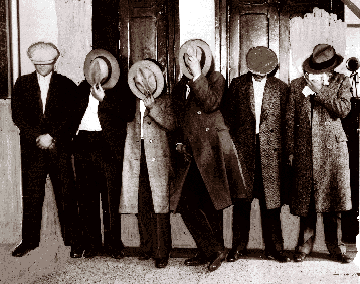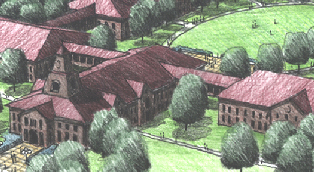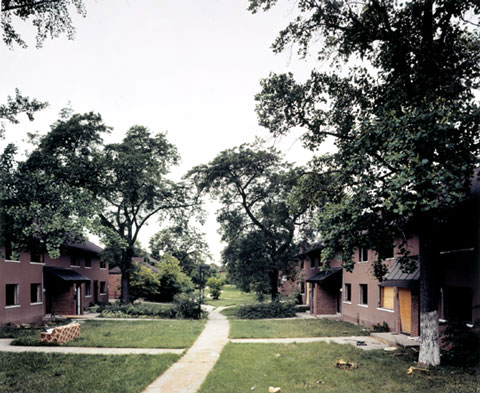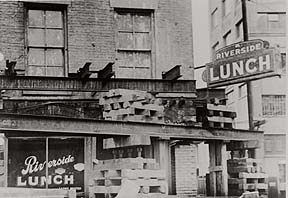The Color Purple

(Members of a local Detroit social group, circa 1930. Detroit News photo.)
It is Easter, the morning of the Risen Christ, and worth a contemplation of color. Nothing is black and white in the Easter season, though our crazy binary natures try to paint everything as either one of the other.
In nature, things are not just shades of gray, but tinged with a thousand shades of brilliant color. In the sanctuaries of the believers around town, the purple of Lent to the black of Good Friday provided graphic visual symbols for the Lenten journey of denial to the bounty of the Easter brunch or dinner.
The change of colors for Easter and the following Sundays helps communicate the movement of sacred time as well as personal faith journeys.
The Sanctuary colors for Easter Sunday are white and gold, the colors of sacred days throughout the church year. For the Easter season, white symbolizes the hope of the resurrection, as well as the purity and newness that comes from victory over sin and death. For those who believe, the gold symbolizes the light of the world brought by the risen Christ that enlightens the world, as well as the exaltation of Jesus as Lord and King.
I am a secular sort of man, one of those reviled Humanists and a recovering Unitarian. It is inconceivable that the Unitarians would have a gang, but even we had our colors at Easter time. The real gangs have theirs, and use them all the year round.
It is part of the fabric of the city now even in those big swathes were there are no longer any houses. I had a co-worker who visited the city recently, and she complained her cheap ass company would only spring for one car for the four who had to travel.

(Herman Gardens Apartments in concept, 1930.)
One of the locals had to ferry her back to the motel in Southfield. Driving on Tireman toward the Southfield Freeway, just on the north edge of Dearborn, they passed what used to be the Herman Gardens housing project. Her driver gave a running commentary on the turf:
“Here you need to put your cap on backwards,” and “here you need to wear red”…”Now you have to put your cap back to the front in this area.”
The Gardens is a microcosm of what happened to the outer neighborhoods in the City. Auto visionary and Shaman John DeLorean grew up there when it was a genteel area; it hit the skids with the diaspora in the 1970s, and things got really bad in the 1980s with the crack epidemic.
The “Young Boys Inc.,” or YBI tried to take over the drug trade in the development and by the mid-1990s the Detroit Housing Commission was applying for Federal money not to fix the place up, but to complete the demolition of more than two thousand apartments.

(Herman gardens prior to demolition. There is planned re-development, in progress for a decade.)
When I was younger and lived in the city, besides the YBI, the gangs included the Latin Counts, Cashflow Po$$e, Darkside and the ubiquitous local chapters of the West Coast franchise organizations Crips and Bloods. I don’t know the colors of the first five, never got close enough to know, but the latter two are proud of the Blue bandanas and Red hoodies.
They are all composed of losers, or those doomed to find associations of the damned in self-defense from their environment, but that is nothing new in Detroit. In fact, the first gang with colors was not made up of people of color, but by poor Jewish immigrants to the burgeoning industrial leviathan.
They chose their color, or rather, had it chosen for them. The story goes that two Hastings Street shopkeepers in the era before World War One were complaining of the punks who were despoiling the neighborhood, hanging out, smoking cigarettes, shoplifting and committing acts of vandalism.
Both of the men’s shops had been the targets of the punks. After one particularly egregious example, One day in disgust one of the shopkeepers exclaimed, “These boys are not like other children of their age, they’re tainted, off color.”
“Yes,” replied the other. “They’re rotten, purple like the color of bad meat; they’re a Purple Gang.”
They ruled the city when it was a rip-roaring and fully functional city when money and liquor flowed like the River through the Windsor-Detroit Funnel, and fully a quarter of everyone working in the city was supporting the bootleggers.
More on that tomorrow. Happy Easter!

(The old Riverside Lunch, home to many a fine sandwich for the bootlegging crowd.)
Copyright 2011 Vic Socotra
www.vicsocotra.com
